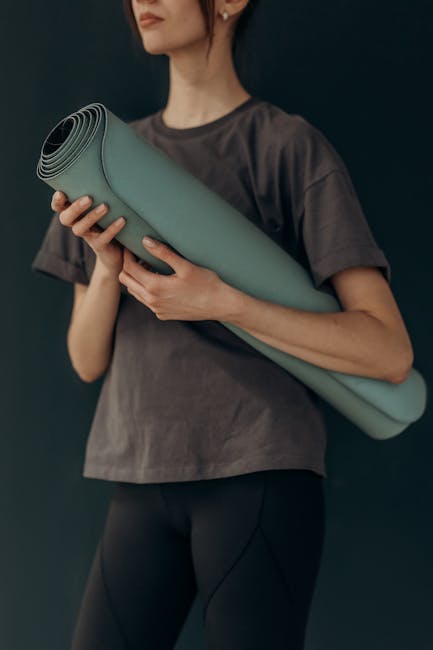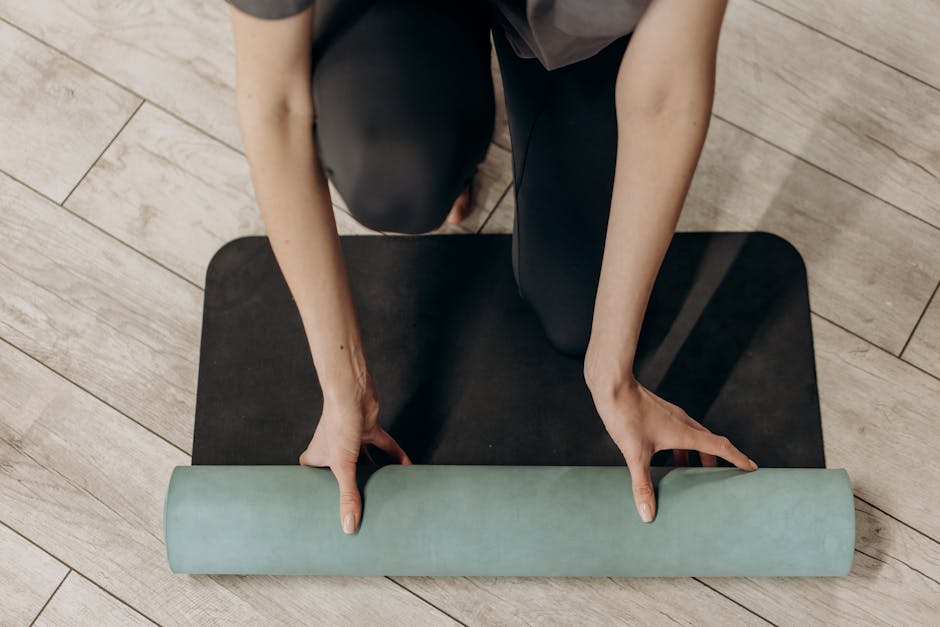Introduction
Diaphragmatic breathing, also known as deep breathing or belly breathing, is a powerful tool that can enhance your well-being, improve your physical health, and decrease stress. This technique involves fully engaging the diaphragm, a unique muscle integral to optimal respiration. By learning and practicing diaphragmatic breathing, you can reap numerous benefits that can transform your life.
Definition of Diaphragmatic Breathing
Diaphragmatic breathing is a type of respiratory exercise that involves conscious deep inhalations and exhalations. It requires you to breathe deeply into your lungs by flexing your diaphragm rather than shallowly by only flexing your rib cage. This type of breathing is marked by the expansion of the abdomen rather than the chest when inhaling.
Importance of Diaphragmatic Breathing for Overall Well-being
Diaphragmatic breathing is not just a technique for relaxation; it is essential for overall well-being. It helps to improve the body’s oxygen levels, enhances respiratory efficiency, reduces stress and anxiety, and can even improve physical health. It’s a simple yet powerful tool that can be practiced anywhere and anytime, making it a valuable addition to your daily routine.

Photo by Mikhail Nilov on Pexels
Understanding the Diaphragm
The diaphragm is a dome-shaped muscle located just below the lungs and heart. It separates the chest cavity from the abdominal cavity and is the primary muscle used in the process of inhalation. Understanding the anatomy and function of the diaphragm is crucial to mastering diaphragmatic breathing.
Anatomy and Function of the Diaphragm
The diaphragm is a large, dome-shaped muscle that contracts rhythmically and continually, and most of the time, we are unaware of its existence. Its primary function is to aid in the respiratory process. When you inhale, the diaphragm contracts and moves downward, creating a vacuum that draws in air into the lungs. When you exhale, the diaphragm relaxes and moves upward, pushing air out of the lungs.
How the Diaphragm Affects Breathing Patterns
The diaphragm plays a significant role in breathing patterns. When we are stressed or anxious, we tend to take shallow, rapid breaths from the chest. This type of breathing, known as thoracic or chest breathing, can increase tension and anxiety. On the other hand, diaphragmatic breathing encourages full oxygen exchange, slows the heartbeat, and can help stabilize blood pressure, leading to feelings of calm and relaxation.

Photo by Mikhail Nilov on Pexels
Benefits of Diaphragmatic Breathing
Diaphragmatic breathing offers a multitude of benefits. It’s a natural and free tool that can improve your health, well-being, and quality of life. Here are some of the key benefits of diaphragmatic breathing:
| Benefit | Explanation |
|---|---|
| Stress Reduction and Relaxation | Diaphragmatic breathing activates the body’s relaxation response, leading to a decrease in stress, lower heart rate, and a sense of calm. |
| Improved Respiratory Function | By using the diaphragm more efficiently, you can increase your lung capacity and improve overall respiratory function. |
| Enhanced Digestion and Gut Health | The massaging effect of the diaphragm on the abdominal organs can improve digestion and promote gut health. |
| Increased Energy Levels | Better oxygenation of the body can lead to increased energy levels and improved physical performance. |
| Better Management of Anxiety and Panic Attacks | Diaphragmatic breathing can help manage symptoms of anxiety and panic attacks by promoting relaxation and reducing the ‘fight or flight’ response. |

Photo by Mikhail Nilov on Pexels
How to Practice Diaphragmatic Breathing
Practicing diaphragmatic breathing is simple and can be done anywhere. Here are step-by-step instructions to help you get started:
- Sit comfortably, with your knees bent and your shoulders, head, and neck relaxed.
- Place one hand on your upper chest and the other just below your rib cage. This will allow you to feel your diaphragm move as you breathe.
- Breathe in slowly through your nose so that your stomach moves out against your hand. The hand on your chest should remain as still as possible.
- Tighten your stomach muscles, letting them fall inward as you exhale through pursed lips. The hand on your chest should remain as still as possible.
Remember, it’s important to incorporate diaphragmatic breathing into your daily routine for maximum benefits. You can practice this technique while doing everyday tasks like reading, watching TV, or even while stuck in traffic. It’s also a good idea to practice this technique during moments of stress or anxiety to help calm your mind and body.
While practicing diaphragmatic breathing, it’s essential to avoid some common mistakes. These include breathing too quickly, taking shallow breaths, and breathing from the chest. Remember, the goal is to breathe deeply and slowly from the diaphragm, allowing your abdomen to rise and fall with each breath.
Additional Techniques to Enhance Diaphragmatic Breathing
There are several additional techniques that can enhance your diaphragmatic breathing practice. These include yoga poses, meditation exercises, and specific breathing exercises for different situations.
Yoga Poses That Promote Diaphragmatic Breathing
Yoga is a practice that naturally incorporates diaphragmatic breathing. Certain poses, such as Child’s Pose, Bridge Pose, and Seated Forward Bend, can particularly help to promote this type of breathing. You can learn more about these poses and how to incorporate them into your routine in our Mindful Movement section.
Meditation Exercises for Deepening the Breath
Meditation exercises can also help deepen your breath and enhance your diaphragmatic breathing practice. Techniques such as visualization meditation and Socratic questioning can help you focus on your breath and promote relaxation. Additionally, practices like neurofeedback can help you gain better control over your physiological responses, including your breathing.
Breathing Exercises for Specific Situations
There are also specific breathing exercises that can be beneficial in certain situations. For example, the Lion’s Breath technique can be particularly helpful for public speaking or performances, as it helps to relieve tension in the chest and face. Similarly, athletes can benefit from diaphragmatic breathing exercises to improve their performance and recovery, as discussed in our Yoga for Athletes section.
Conclusion
Diaphragmatic breathing is a powerful tool that can enhance your well-being, improve your physical health, and decrease stress. By learning and practicing this technique, you can reap numerous benefits, including stress reduction, improved respiratory function, enhanced digestion, increased energy levels, and better management of anxiety and panic attacks.
We encourage you to incorporate diaphragmatic breathing into your daily life. It’s a simple yet powerful tool that can be practiced anywhere and anytime. Whether you’re stuck in traffic, sitting at your desk, or even cooking dinner, taking a few moments to focus on your breath can make a significant difference in your overall well-being.
Remember, mindful breathing is more than just a relaxation technique; it’s a way of life. By paying attention to our breath, we can become more aware of our bodies, our feelings, and the world around us. So why not give diaphragmatic breathing a try? Your body and mind will thank you.
#DiaphragmaticBreathing #BreathingTechniques #Mindfulness #StressRelief #Wellness



